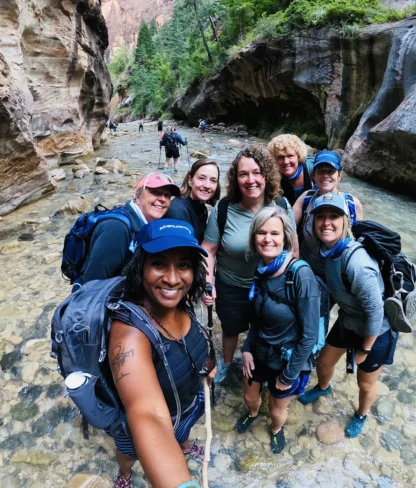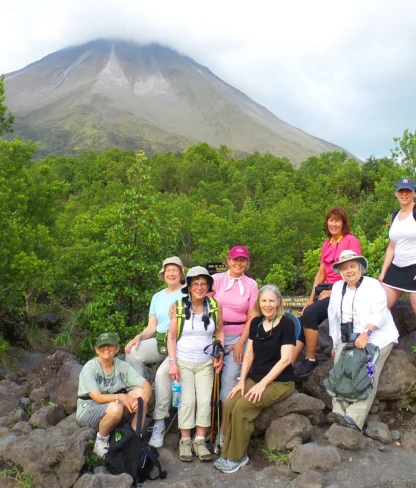Just For Foodies and Just For Women: Combining Travel, Cuisine, and Fun
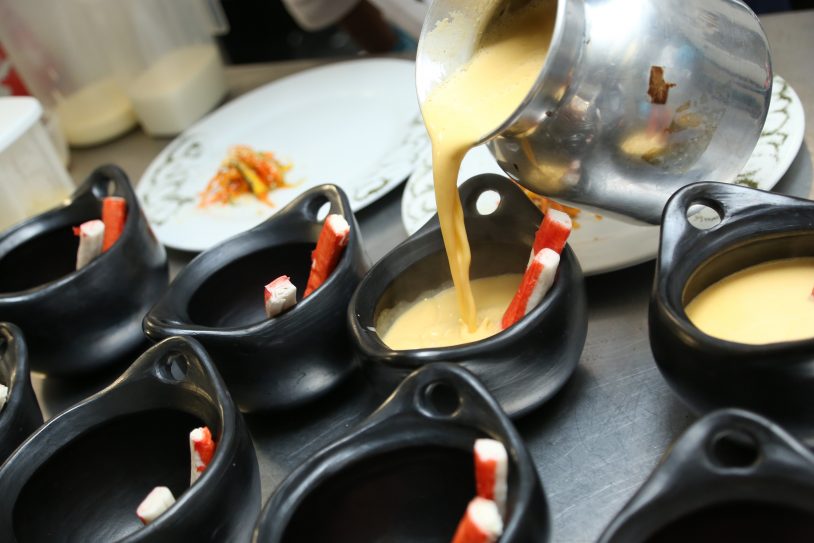
Do you always make it a point to immediately test out the newest restaurant in town? Frequently try to knock-off the recipe for that favorite entrée item on someone else’s menu? Do you find yourself tuning into the Food Network more than just occasionally? Do you own over 30 cookbooks? Don’t worry. This is not a rare condition. In fact, it’s quite a common one. You are a true foodie!
Whether you consider cooking a creative pastime, a hobby, a unique form of therapy or mindless pleasure, we know foodies everywhere delight in learning about and tasting culinary pleasures from places near and far. And at AdventureWomen, (being self-confessed foodies), we take food very seriously.
For 2018, we’ve “cooked up” some new culinary fun which combines cooking classes, tastings, chef-led market visits and local gastronomic experiences highlighting the local produce, recipes, regional specialties and talent in our destinations.
When in Morocco…
Moroccan cuisine artfully blends Arabic, Andalusian, Berber and Mediterranean cuisines with hints of European and African influences. With abundant, locally-grown fruits, vegetables and spices including saffron from Talaouine, mint and olives from Meknes, and oranges and lemons from Fes, Moroccan recipes center around seafood dishes and those prepared with beef, goat, lamb and chicken. Moroccan dishes are enhanced with flavorings of lemon pickle, argan oil, olive oil and dried fruits. Did you know that the Moroccan spice mixture “ras el hanout” contains a blend of 27 different spices?!!
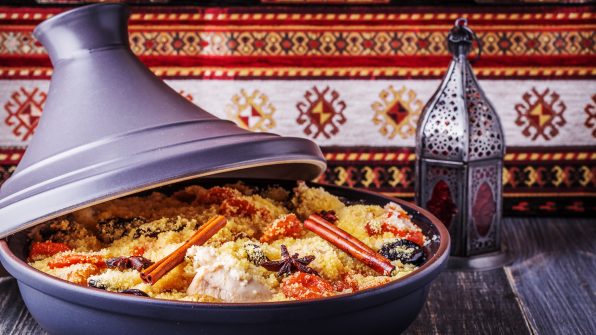
On our Morocco adventure vacation, we offer the option on Day 5 of joining a cooking class in Fes where you can try your hand at your own version of Moroccan cooking. You’ll also have the opportunity to taste local recipes created by Moroccan local families you lunch with and learn how to make mint tea and master the art of the Tagine. On Day 12, you can sign up to participate in a half-day cooking class with a Moroccan chef in Marrakech. YUM!
When in Italy…
When someone says that they enjoy Italian food, to an Italian, that doesn’t mean much as the cuisine of Italy is as varied as its many regions and culinary specialties. In August 2018, we venture to Verona, at the heart of Northern Italy’s Veneto wine region. The meaty cuisine of Verona is simple and hearty, pairing appropriately with the region’s robust and fruity vintages. You can taste “bollito misto” (mixed boiled meats) served with a sauce of bone marrow and bread crumbs called peará. Veronese meats are complimented with polenta, risotto and “bigoli” pasta (like spaghetti but thicker) and sauces flavored by duck (anatra), donkey (asino), salted sardines and onions and (yes it’s true) horse (cavallo).

We truly indulge ourselves in culinary pleasures on our Italian “La Dolce Vita” trip to Verona. On Day 3, we go cheese tasting with Italian artisan Carlo Piccoli and his wife Emanuela Perenzin, at the Perenzin Latteria (Dairy). Latteria Perenzin has been synonymous with cheese-making excellence since founder, Domenico Perenzin, started the family-owned artisanal dairy in the early 1900s. Emanuela and Carlo pour their heart and soul into each one of their hand-crafted cheeses and their passion for reinventing traditional cheeses has been recognized at every major international cheese show.
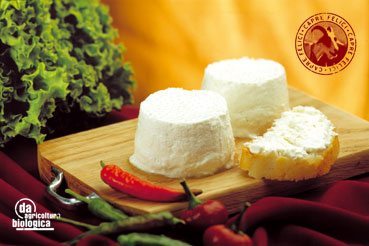
On Day 4 of our Italy trip, we dive into a Master Class taught by an Italian chef. Beginning with a chef-led market shopping expedition where we learn how to select the freshest produce, bargain with vendors and prepare ingredients for our recipes, we dive into a participatory cooking class which culminate in a delicious lunch, paired with the best of Verona wines. Buon appetito!
When in Colombia…
Colombian cuisine is diverse and rich, blending the cooking traditions and practices of Colombia’s 18 culinary regions scattered from the country’s Caribbean and Pacific coasts, to Colombia’s mountains and ranchlands. Colombian cuisine is influenced by the indigenous Chibcha, Spanish, African, Arab and some Asian cuisines. Common meats include beef, chicken, pork, goat, a particular variety of guinea pig called cuy, as well as other wild animals and seafood. Rice, potatoes, legumes, and fruits including mango, banana, papaya, and guava are also commonly used in Colombian recipes. You can taste “Ajiaco”, a traditional Andean soup dish that originated from Bogotá, which combines chicken, corn, and potato in a stew with a hint of guasca (Gallant Soldiers), a local herb:

“Sancocho” is another traditional dish originating in the north coast and made with various meats along with corn, potato, yuca, plantain and local spices. From tamales to fritanga, milanesa to bandeja paisa, the cuisine of Colombia will make you want to try more and more and MORE (while you simultaneously try to figure out how to drag those 3 Colombian cookbooks back in your bulging luggage).
On our October 2018, active adventure in Colombia, food is a critical ingredient powering our experience. We savor “santaferena” gastronomy while we travel throughout northern Colombia. On Day 3 of our Colombia trip, you’ll enjoy an afternoon cooking class at Verde Olivo Culinary School. You’ll discover the “7 Paradises” of Colombian street food and you’ll get to go on a literary-foodie feast and food tour on Day 10, the “Gabriel Garcia Marquez Menu” in Cartegena.
With such delicious abandon, there may be a chance that you’ll come back from your Colombia adventure with an additional pound or two, but after all the hiking, biking, and rafting, we’re hoping that it is all muscle!
